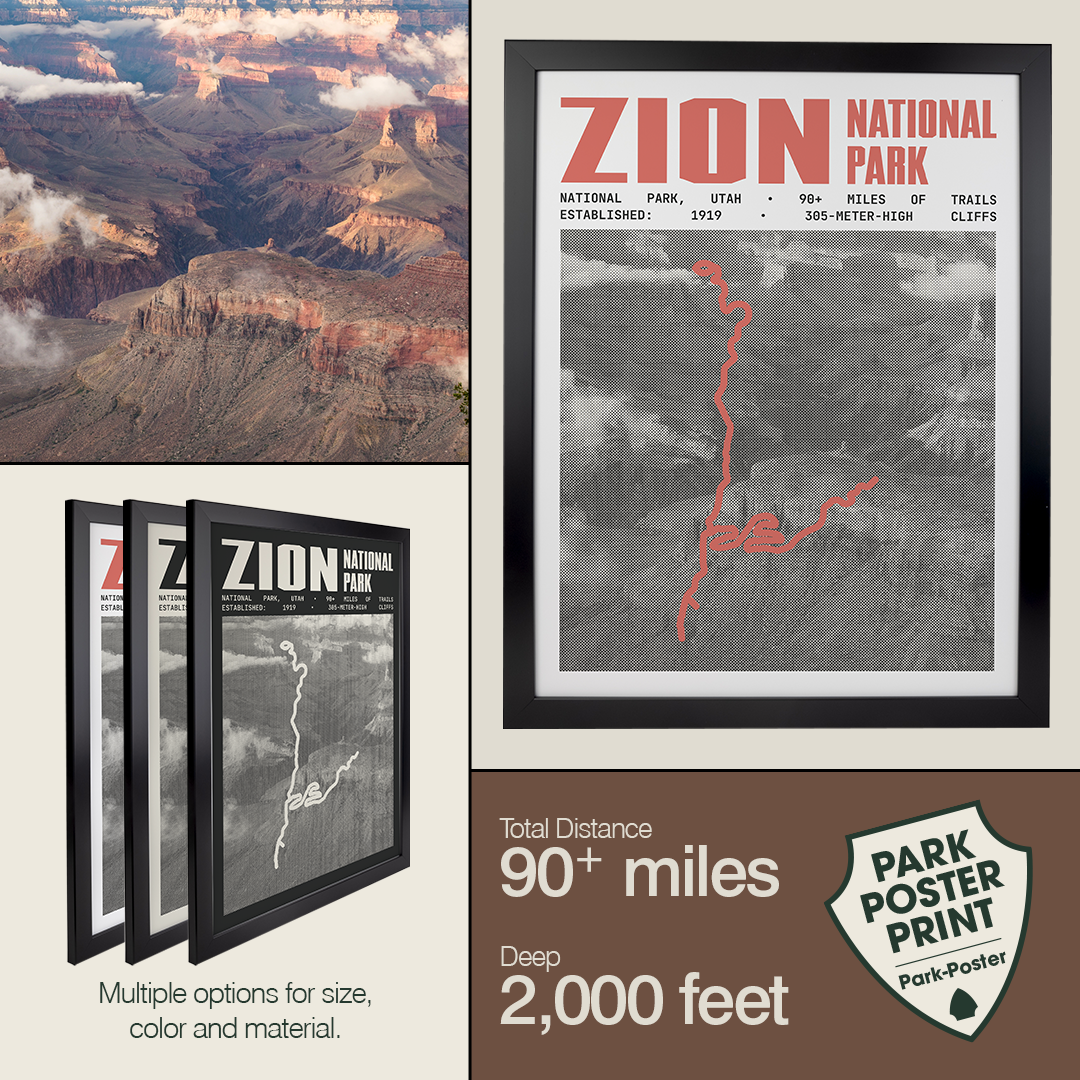When Was the Washington Monument Built?

The Washington Monument stands tall and proud in Washington, D.C. It is a powerful symbol of respect and admiration for George Washington, who played a crucial role in shaping the United States. When was the Washington Monument built? Construction began in 1848 and was completed in 1884, making it an iconic landmark that reflects America’s history.
George Washington is recognized for his exceptional military and political leadership. He united thirteen disparate states against British rule, laying the foundation for the nation. As the first president, he set important precedents for future leaders, influencing the direction of the country for generations to come.
Discovering the Iconic Washington Monument
Construction of the Washington Monument began in 1848, led by the Washington National Monument Society. This private group was determined to construct a memorial that would be "unparalleled in the world" for George Washington, the nation's first president. Designed by architect Robert Mills, the original vision included a towering 600-foot Egyptian-style obelisk surrounded by thirty impressive columns.
However, the ambitious project quickly encountered challenges. Funding issues and political interference caused significant delays in the construction process. Despite these setbacks, the dedication to honoring Washington remained strong, and efforts continued to see the monument completed as a symbol of national pride.
The Initial Construction Phase (1848-1854)
The construction of the monument officially began on July 4, 1848. This significant event attracted over 20,000 attendees, including notable figures such as President James K. Polk. Among the crowd were future presidents Buchanan, Lincoln, and Johnson, highlighting the monument's importance in American history.
Builders employed a complex system of pulleys and derricks to assemble the impressive marble structure. By 1854, the monument had reached a height of 156 feet, showcasing the remarkable engineering skills of the time. However, political changes and financial difficulties caused a lengthy pause in its construction, leaving the project in limbo for years.
Renewed Efforts and Completion (1876-1884)
The project to build the Washington Monument resumed in 1876 when Congress took charge of funding and completion. Under the leadership of Lt. Col. Thomas Lincoln Casey, along with the U.S. Army Corps of Engineers, construction efforts kicked off again. Casey implemented several modifications to the original design, focusing on enhancing the foundation and streamlining the overall structure.
These changes led to the final design of a 555-foot obelisk, which became an iconic symbol of the nation. After years of work and dedication, the Washington Monument was completed on December 6, 1884. Upon its completion, it stood as the tallest building in the world, showcasing the ambition and ingenuity of its time.
Honoring the Father of Our Country
The Washington Monument stands proudly at a key intersection in the city’s geometric layout. This prime location was thoughtfully chosen by Pierre L'Enfant to pay tribute to the lasting legacy of George Washington. It serves as a focal point, drawing visitors from all over and reminding them of the nation's history.
Constructing the monument was not without its challenges. Workers faced various obstacles that delayed progress and tested their resolve. However, the eventual completion of the Washington Monument became a powerful symbol of unity for a nation emerging from civil strife, honoring the man who played a crucial role in holding the states together.
A Testament to Architectural Innovation
The construction of the monument showcases remarkable engineering and architectural choices that highlight human creativity. Builders sourced a diverse array of stones from various quarries, which contributed to the unique color variations we see today. Each stone tells a story, reflecting the rich history and craftsmanship involved in the monument's creation.
At the pinnacle of the structure is an elegant marble pyramidion, symbolizing strength and resilience. This striking feature is crowned with an 8.9-inch aluminum capstone, which adds a modern touch to the historical landmark. Inscribed with the phrase "Laus Deo," meaning "Praise be to God," the capstone serves as a reminder of the values and aspirations that inspired the monument's construction.
Preserving History
The Washington Monument stands as a symbol of America's dedication to its founding ideals. Since its completion, it has undergone several restorations to preserve its integrity. These efforts reflect the nation's commitment to honoring its historical landmarks.
Significant renovations took place during the Great Depression, a time when resources were scarce. Additional restoration work occurred in the late 20th century, addressing wear and tear from years of exposure. More recently, efforts in the early 21st century have further ensured that the monument remains a lasting tribute to George Washington and the values he embodied.
Experience the Washington Monument
Visitors are invited to explore the interior of the monument, a space that showcases commemorative stones from a variety of donors, groups, and countries. Each stone is carefully embedded in the walls, creating a mosaic of tribute that honors Washington’s legacy. This unique feature allows guests to connect with the history and significance of the monument on a personal level.
The stones symbolize the widespread admiration that Washington received during his lifetime and continue to inspire respect today. They represent a global appreciation for his contributions and the values he stood for. As visitors gaze upon these stones, they can reflect on the enduring impact of Washington’s leadership and vision.
Conclusion
The Washington Monument stands as a timeless tribute to the strength and perseverance of a nation. Its construction began on July 4, 1848, demonstrating a commitment to honoring George Washington. Although challenges persisted, the monument was completed in 1884, embodying national pride and resilience.
As a significant piece of American history, the monument invites reflection on those who shaped the nation. Visitors continue to marvel at its architectural innovation and craftsmanship. The story of when the Washington Monument was built mirrors the journey of a country dedicated to upholding its founding principles.
Check Out Our National Park Prints
Order your National Park Poster to highlight your favorite park or hike. Based on National Park maps, these posters make it easy—and fun—to remember your favorite hikes. Featuring detailed cartography and iconic landmarks, each print captures the essence of what makes these locations special.
Whether you're an avid hiker or simply a lover of nature's beauty, these posters offer a timeless way to celebrate your adventures. Order yours now and add a unique piece of art to your collection, providing a constant reminder of the breathtaking landscapes and trails that you cherish.







